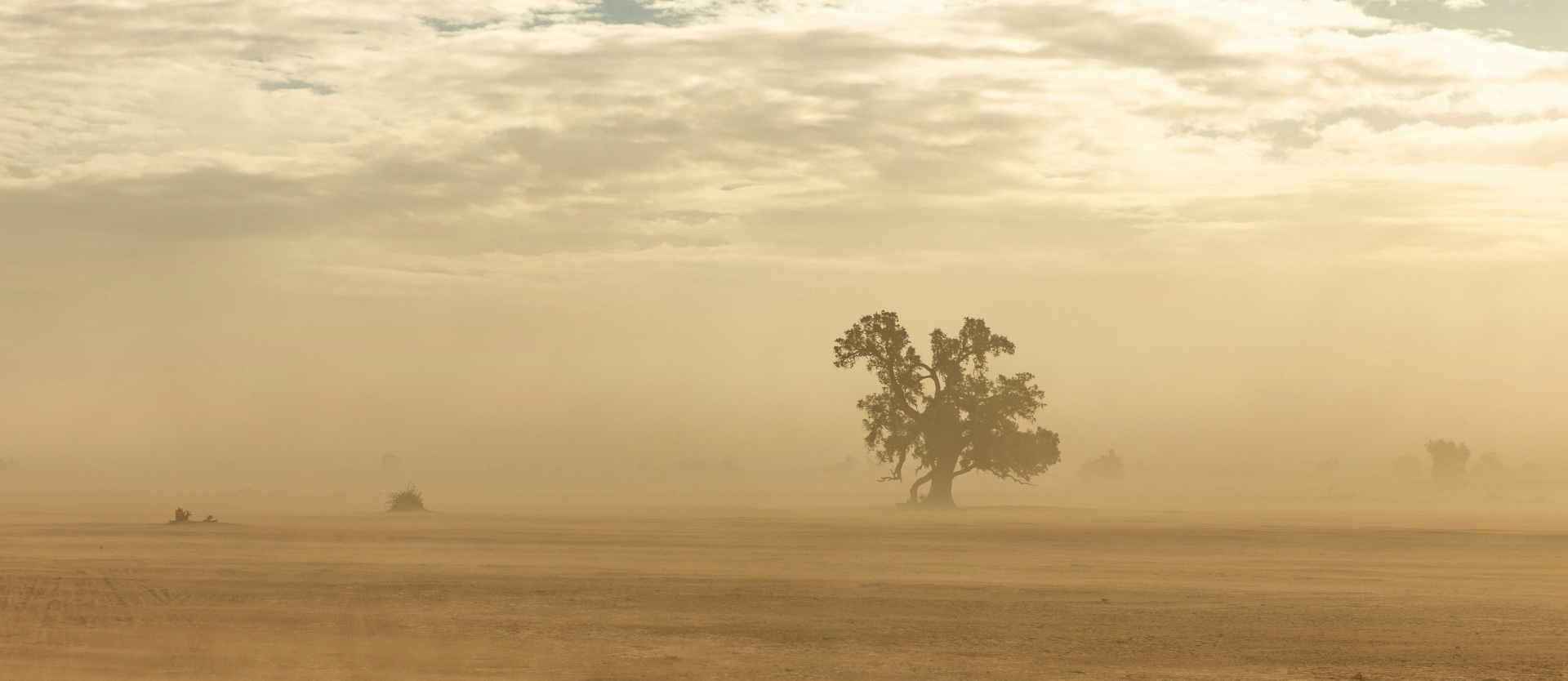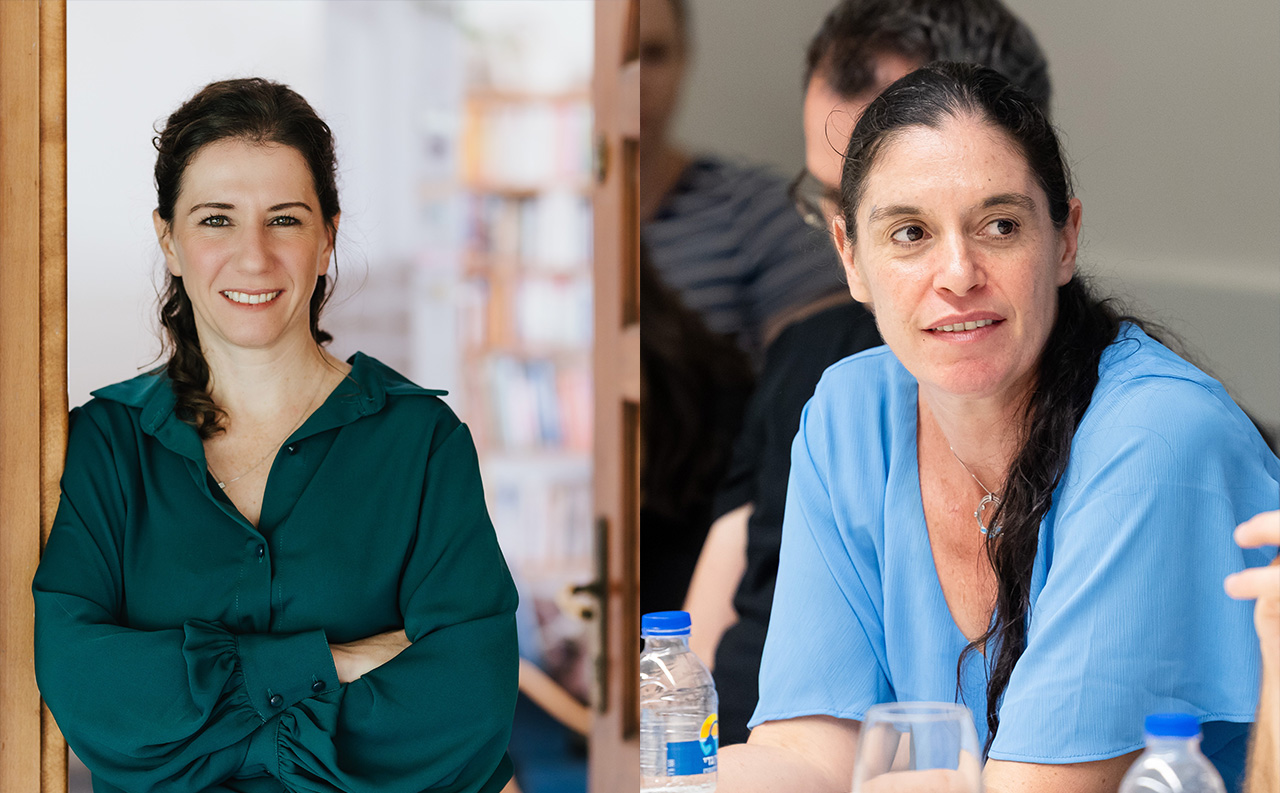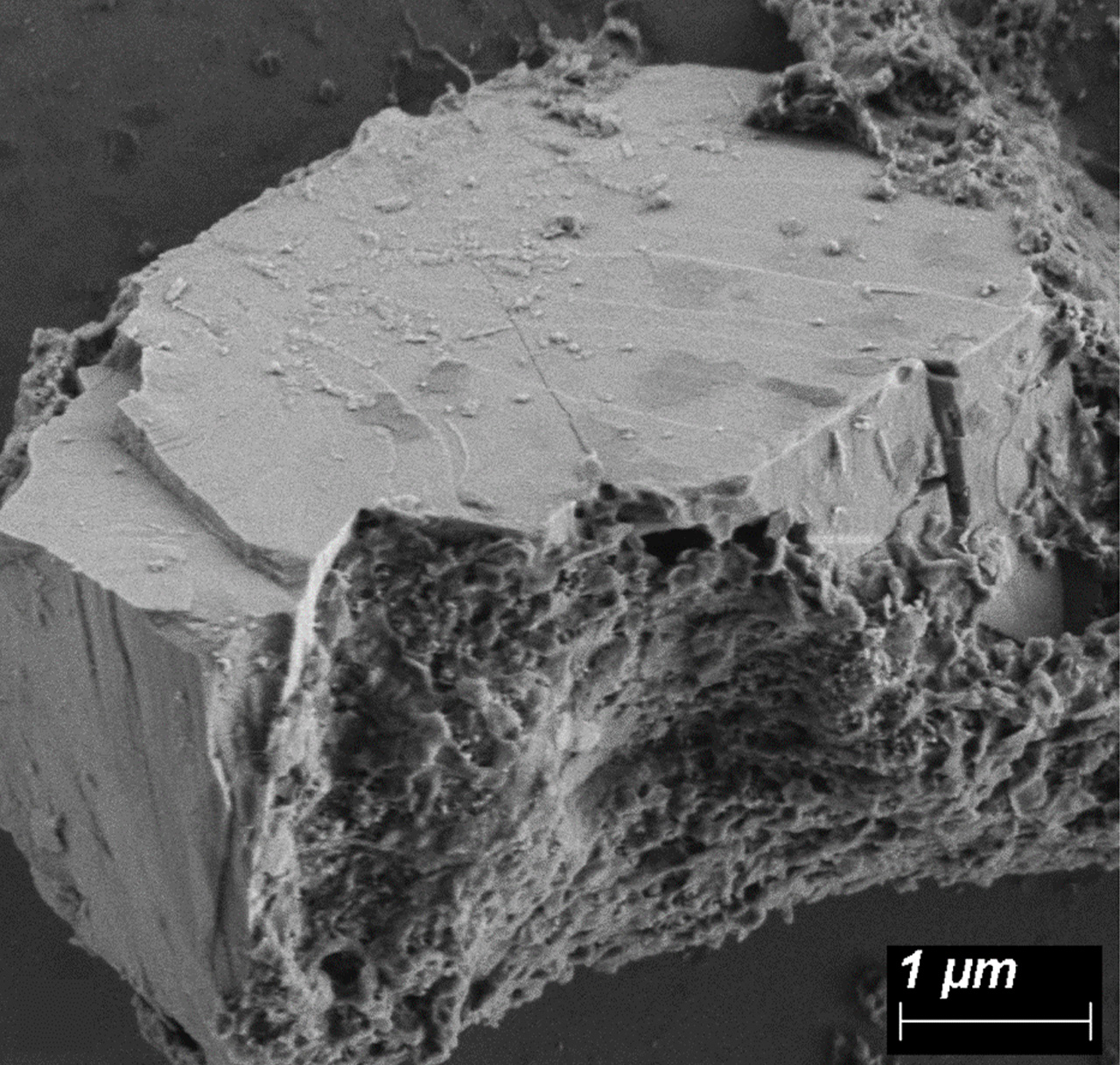
“It is like going into a super-protective cocoon”

As a microbiologist, you are fascinated by bacteria and their survival strategies. What interests you about these organisms in general?
Ilana: “The current era in microbial research allows us to overcome technical challenges associated with bacterial size utilizing genetics, chemistry, data science, and ecology. The implications of our findings are of increasing impact as microbial enzymes and exopolymers are being utilized in the biomedical and food industries, while the communal properties of bacteria are being explored to create living concrete, develop novel drugs, and enhance crop productivity. Additionally, I am fascinated by the fundamental aspects of the capacity of unicellular cells to coordinate complex communal activities at different scales, often more efficiently and elegantly than multicellular organisms.”
Naama: "These tiny organisms have absolutely incredible abilities to adapt to the most extreme conditions you can imagine. There's practically no place on Earth that's completely free of bacteria – they're everywhere! What really inspires me is how quickly they can adapt and bounce back from harsh conditions, plus their incredible diversity. It gives me hope that we can learn from them to solve problems and even help heal damaged environments. We just need to unlock their secrets."

Dr. Naama Lang-Yona and Dr. Ilana Kolodkin-Gal. Photo: Alon Gilboa
Your current research focuses on how bacteria survive long journeys on grains of sand. How did you come to investigate this phenomenon in particular?
Ilana: “I have realized that my favorite model organism, Bacillus subtilis, and related species may be transported by air via following Naama’s research, and was intrigued to identify the molecular mechanisms that may contribute to their success. As a microbiologist studying soil bacteria, I was fascinated to discover that many soil bacteria can also be part of the air microbiome, elevating their physiological research to a new level of ecological complexity.”
Naama: “My research interests are in aero-microbiology. Desert dust storms, common in Israel, are massive events that can move material from one continent to another. I became curious about the bacteria that either get picked up along the way or start their journey from the original desert source.
When we collect this dust, we were wondering what kinds of bacterial communities are riding along? We can identify them by analyzing their DNA and comparing it to databases of known species, and this is commonly being done. But the thing is that DNA is incredibly stable and can stick around for years, so finding DNA doesn't tell us which bacteria are actually alive and active.
This is why we decided to dig deeper and focus on living in bacterial communities. We wanted to understand how they managed to survive these epic journeys. One group we've studied extensively is called Bacillus, but there are many more fascinating survivors out there.”

Microscopic picture of a biofilm formation on a grain of sand under humid conditions.
What strategies do these tiny organisms use to survive such long distances unscathed?
Ilana und Naama: “We are continuing our research in this fascinating area. So far, we have validated the proposed role of spore formation. It is like going into a super-protective cocoon. This involves a special type of cell division that produces an incredibly tough, resistant cell type that can withstand radiation, complete dryness, and extreme temperatures. That's why we often find these bacterial spores on dust particles.
But we recently discovered another fascinating strategy: bacteria can form what we call biofilms over the dust particle. This can be described as a complex web or matrix that connects different bacterial cells together. Among other abilities it has, this biofilm acts like a biological glue that helps them stick to dust particles, and it can protect the cells from drying out.
We found that this biofilm strategy helps Bacillus species not only survive but stay active during dust storm transport, for at least 72 hours! That's quite impressive when you think about the harsh conditions they're facing and their fast cell division which can be up to more than 50 times a day.
We've also found that bacteria produce special molecules called exopolymers that enhance the whole community's ability to survive the journey. What's really exciting is our preliminary findings suggest that tiny pockets within dust particles, we call them microniches, favor specific bacterial species, allowing diverse communities to thrive together on a single dust grain.
There are many more aspects related to fitness during aerotransport that we are eager to explore, and we are genuinely excited to work on these discoveries."
How do bacteria feed during their turbulent journey?
Ilana und Naama: “Wow, this is the million-dollar question. We're still unraveling this mystery, but we have some fascinating clues. The dust particles contain traces of organic materials from other community members, essentially, the bacteria can feed off each other and the organic matter that gets picked up during the journey. This organic material can support the microaggregates and biofilms we mentioned earlier.
During sporulation, bacteria essentially go into suspended animation where they don't need to eat at all – they're just waiting it out. But for the active bacteria using biofilm strategies, we suspect they have multiple feeding approaches that we're still discovering. We're genuinely excited to see what other feeding strategies will emerge as our research continues."
How long does it take in evolutionary terms for bacteria to develop such innovative survival strategies? How quickly can they adapt?
Ilana und Naama: "This is where it gets really fascinating. We propose a selection process that favors the most adaptable members of the community. These survivors have likely evolved over multiple eras to include an aerial transport stage in their life cycle. These members are capable of withstanding harsh conditions, overcoming UV radiation, and enduring extreme temperatures while maintaining their communities. As a result, they are highly efficient at adapting to aerial transport."
What effects could the transfer of bacteria to another ecosystem have?
Naama: "You may think of it like a biological lottery. When bacteria land in a new place, they might hit the jackpot and find perfect conditions to grow and thrive in their new home. But they could also land somewhere completely unsuitable and eventually die out. Some might survive in a dormant state, basically playing the long game until conditions improve or until they get picked up by the wind and transported somewhere better. It's a combination of statistics and probabilities, combined with the impressive toolkit bacteria have developed for surviving extreme conditions."

Formation of bacterial colonies by dust-collected bacterium at different temperatures. The image shows how bacteria isolated from dust storms form colonies when grown under laboratory conditions for 3 days at different temperatures from 17 °C to 42°C.
Are there ways for humans to benefit from this phenomenon?
Ilana: "The selection process involving dust emphasizes the importance of innovation and resilience. The beneficial community members we isolate can be extremely valuable for relevant biotechnological applications that require bacteria to endure harsh conditions, ranging from desert agriculture to space research. Furthermore, the microbiome associated with dust storms is not well characterized and may reveal novel genes and processes that could be harnessed for human well-being."
Naama: "In a world of climate change and extreme events, the bacterial means of dealing with these conditions could make the difference."
Original publication:
Naama Lang-Yona, Ella Lahav, Hilit Levy Barazany, Talal Salti, LiatRahamim-BenNavi
Bacillus biofilm formation and niche adaptation shape long-distance transported dust microbial community
communications earth & environment 6, Article number: 551 (2025)
doi.org/10.1038/s43247-025-02534-4












